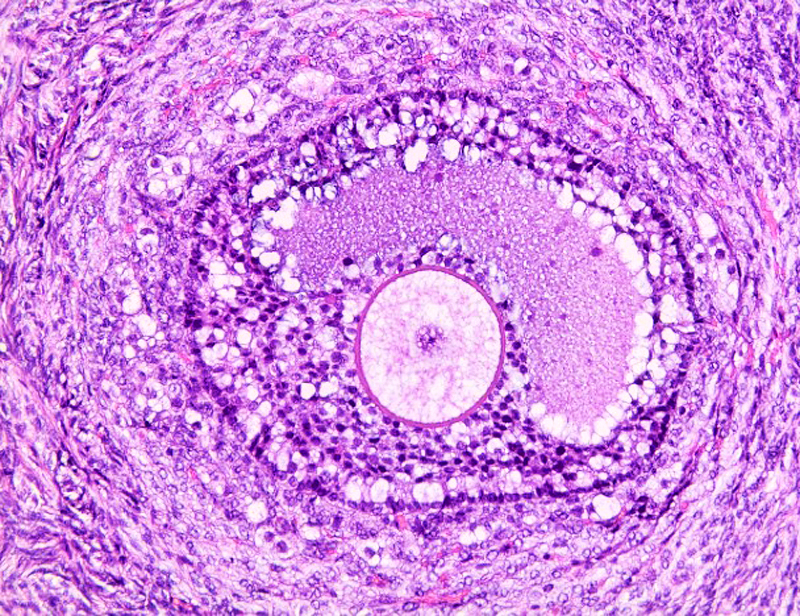FSBI «National Medical
Research Center for Obstetrics, Gynecology
and Perinatology named after Academician V.I.Kulakov»
Ministry of Health of the Russian Federation
The 1st Anatomical Pathology Department
The 1st Anatomical Pathology Department
Head of the Department: Alexandra Asaturova, M.D.
E-mail: a_asaturova@oparina4.ru
The 1st Anatomical Pathology Department carries out histological and cytological diagnostics of biologic material from patients with gynecological diseases and reproductive disorders delivered from the Departments of Operative Gynecology and General Surgery, Pediatric Gynecology, Institute of Reproductive Medicine, Outpatient Department, Department of Aesthetic Gynecology, Gynecological Department of Rehabilitation, Gynecological Endocrinology.
Pathological study is carried out considering clinical recommendations (treatment protocols) of the Ministry of Health of Russia, the latest classifications and standards for the histological examination of the material using modern diagnostic methods.

ABOUT THE DEPARTMENT
The staff of the department consists of experienced doctors, researches and physicians with high expertise in pathological anatomy. Most of the staff is skillful in diagnostic techniques used to study endometrial hyperplasia, morphological features of abnormal uterine bleeding, cervical abnormalities, ovarian tumors, anomalies in the development of female genital organs.
PATHOLOGIES FOR ANALYSIS
The Department carries out histological and immunohystochemical analysis of:
- endometrial pathology (chronic endometritis, endometrial polyps, endometrial hyperplasia, "thin" endometrium etc.);
- endometrial receptivity;
- cervical, uterine and ovarian tumors (benign and borderline);
- endometriosis;
- benign and precancerous lesions of the cervix;
- functional status of ovarian tissue;
- cytological examination of cervical smears (liquid-based cytology & conventional Pap smear).
RESEARCH WORK
The main focus of scientific activity is the study of molecular biological specific features of:
- endometrial pathology (chronic endometritis, hyperplastic endometrial processes, "thin endometrium", etc.);
- HPV-associated cervical and vaginal intraepithelial dysplasia;
- female genital tract anomalies (uterine rudiments, unicornuate uterus, etc.)
- benign and borderline ovarian tumors;
- chorionic villi in spontaneous abortions.





